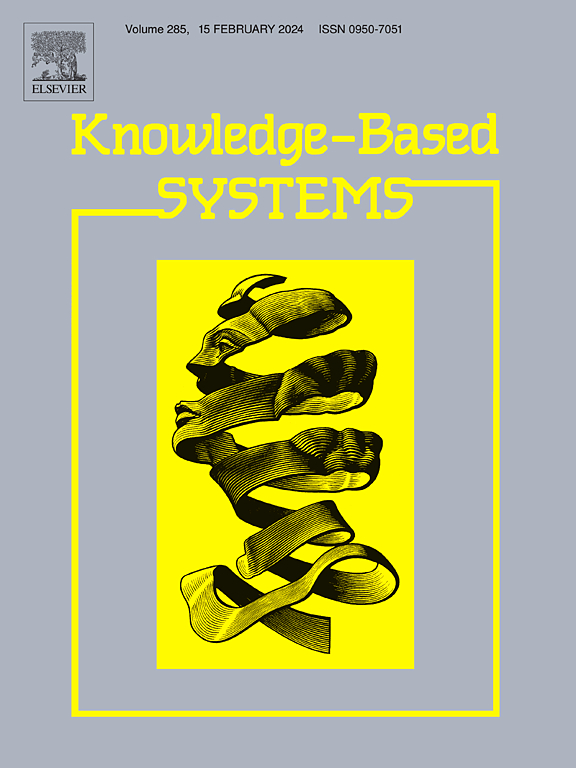Novel comprehensive unified classification system toward smart standardized built environment knowledge and low-risk international collaborations: UniCCC
IF 7.2
1区 计算机科学
Q1 COMPUTER SCIENCE, ARTIFICIAL INTELLIGENCE
引用次数: 0
Abstract
The Construction Industry (CI) data is acknowledged to still be unstructured and high-dimensional. Efforts were undertaken to tackle this problem using regional Unified Classification Systems (UCSs). The study emphasizes the necessity for a comprehensive international UCS to manage the growing trend of international collaborations within the CI and associated data risks. Existing UCSs exhibit significant inconsistencies, such as regional omissions, terminological disparities, and diverse data structuring, underscoring the need for a unified approach. Accordingly, using a 3-stage mixed method, the novel UCS ‘Unified Classification of Construction Components_ UniCCC’ was developed, comprising 4 phyla, 9 divisions, and 54 classes, and was shown to have good adaptability/scalability, structure/breakdown, clarity, codifiability, and inclusivity of the 11 key CI aspects. By addressing inconsistencies and smartly structuring CI knowledge from North America, Europe, Africa, and the Middle East, using a faceted classification scheme aligned with ISO 12,006, and being developed using a conventional modeling language, UniCCC represents a significant advancement in UCSs, with promising implications for global CI practices and research, paving the way for new avenues in CI performance, innovation, and sustainability. It demonstrated efficiency in various CI aspects, including risk reduction, automation, and sustainability enhancement. As evidence of its performance, using UniCCC for scheduling might decrease up to 58.17%, 66.85%, and 31.74% of the related time, request for information, and omissions, respectively. The study suggests future research perspectives to explore UniCCC's applicability in different regions, its integration with emerging technologies, its proficiency metrics for different purposes, and strategies for organizational implementation.
面向智能标准化建筑环境知识和低风险国际合作的新颖综合统一分类系统:UniCCC
建筑业(CI)数据仍被认为是非结构化和高维的。为解决这一问题,我们使用了地区统一分类系统(UCS)。研究强调,有必要建立一个全面的国际统一分类系统,以管理建造业内日益增长的国际合作趋势和相关数据风险。现有的统一分类系统存在严重的不一致性,如区域遗漏、术语差异和数据结构多样化,这突出表明需要一种统一的方法。因此,采用三阶段混合方法,开发了新的统一分类标准 "建筑构件统一分类标准(UniCCC)",包括 4 个门类、9 个分部和 54 个类别,并证明其在 11 个关键 CI 方面具有良好的适应性/可扩展性、结构/分解性、清晰性、可编纂性和包容性。UniCCC 解决了北美、欧洲、非洲和中东地区 CI 知识不一致的问题,巧妙地构建了 CI 知识结构,采用了与 ISO 12,006 一致的分面分类方案,并使用传统建模语言进行开发,代表了统一分类标准的重大进步,对全球 CI 实践和研究具有重要意义,为 CI 性能、创新和可持续发展开辟了新途径。它在包括降低风险、自动化和提高可持续性在内的 CI 各个方面都表现出了高效性。作为其性能的证明,使用 UniCCC 进行调度可分别减少 58.17%、66.85% 和 31.74% 的相关时间、信息请求和遗漏。本研究提出了未来的研究视角,以探索 UniCCC 在不同地区的适用性、与新兴技术的整合、针对不同目的的熟练度指标以及组织实施策略。
本文章由计算机程序翻译,如有差异,请以英文原文为准。
求助全文
约1分钟内获得全文
求助全文
来源期刊

Knowledge-Based Systems
工程技术-计算机:人工智能
CiteScore
14.80
自引率
12.50%
发文量
1245
审稿时长
7.8 months
期刊介绍:
Knowledge-Based Systems, an international and interdisciplinary journal in artificial intelligence, publishes original, innovative, and creative research results in the field. It focuses on knowledge-based and other artificial intelligence techniques-based systems. The journal aims to support human prediction and decision-making through data science and computation techniques, provide a balanced coverage of theory and practical study, and encourage the development and implementation of knowledge-based intelligence models, methods, systems, and software tools. Applications in business, government, education, engineering, and healthcare are emphasized.
 求助内容:
求助内容: 应助结果提醒方式:
应助结果提醒方式:


